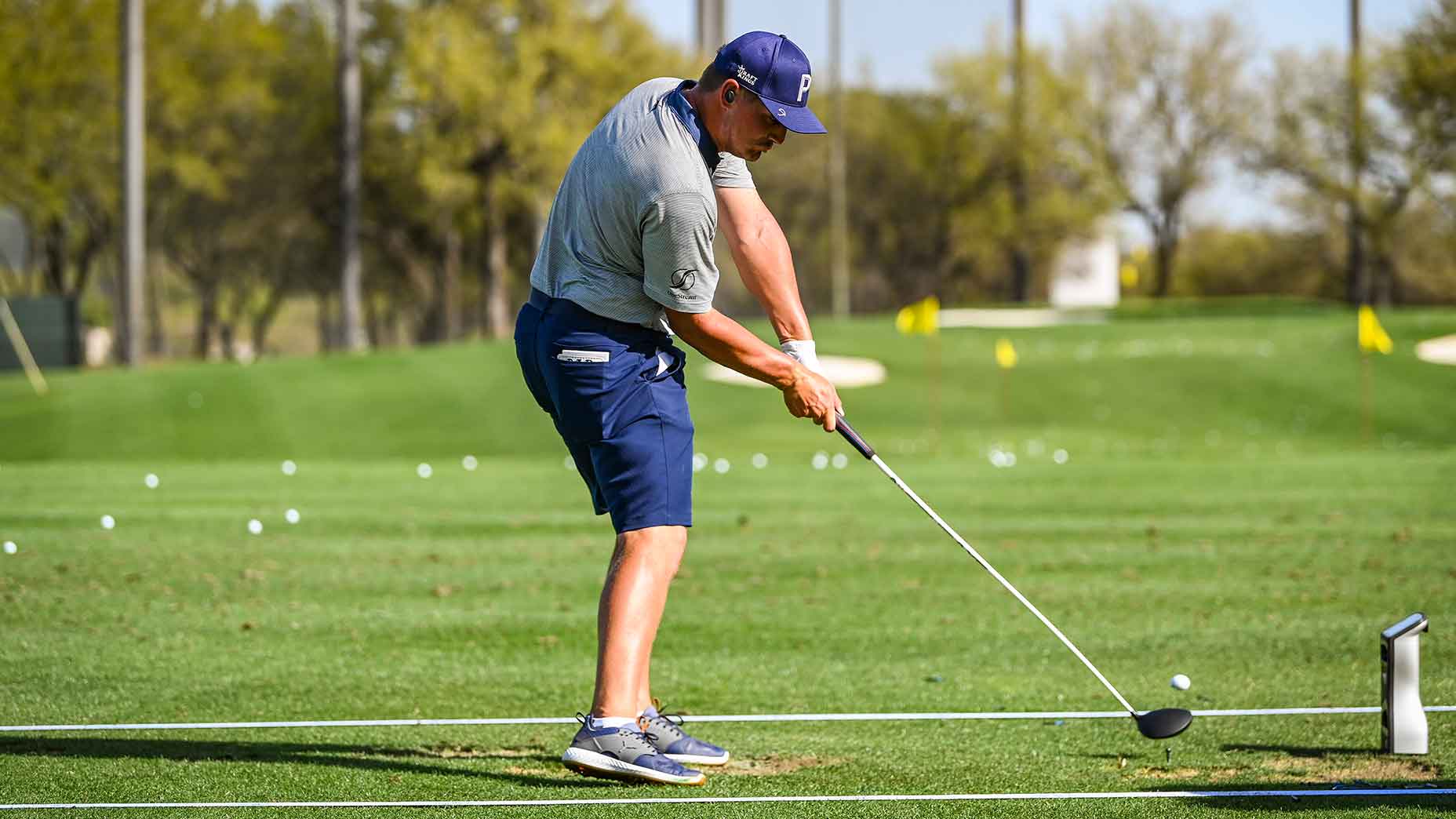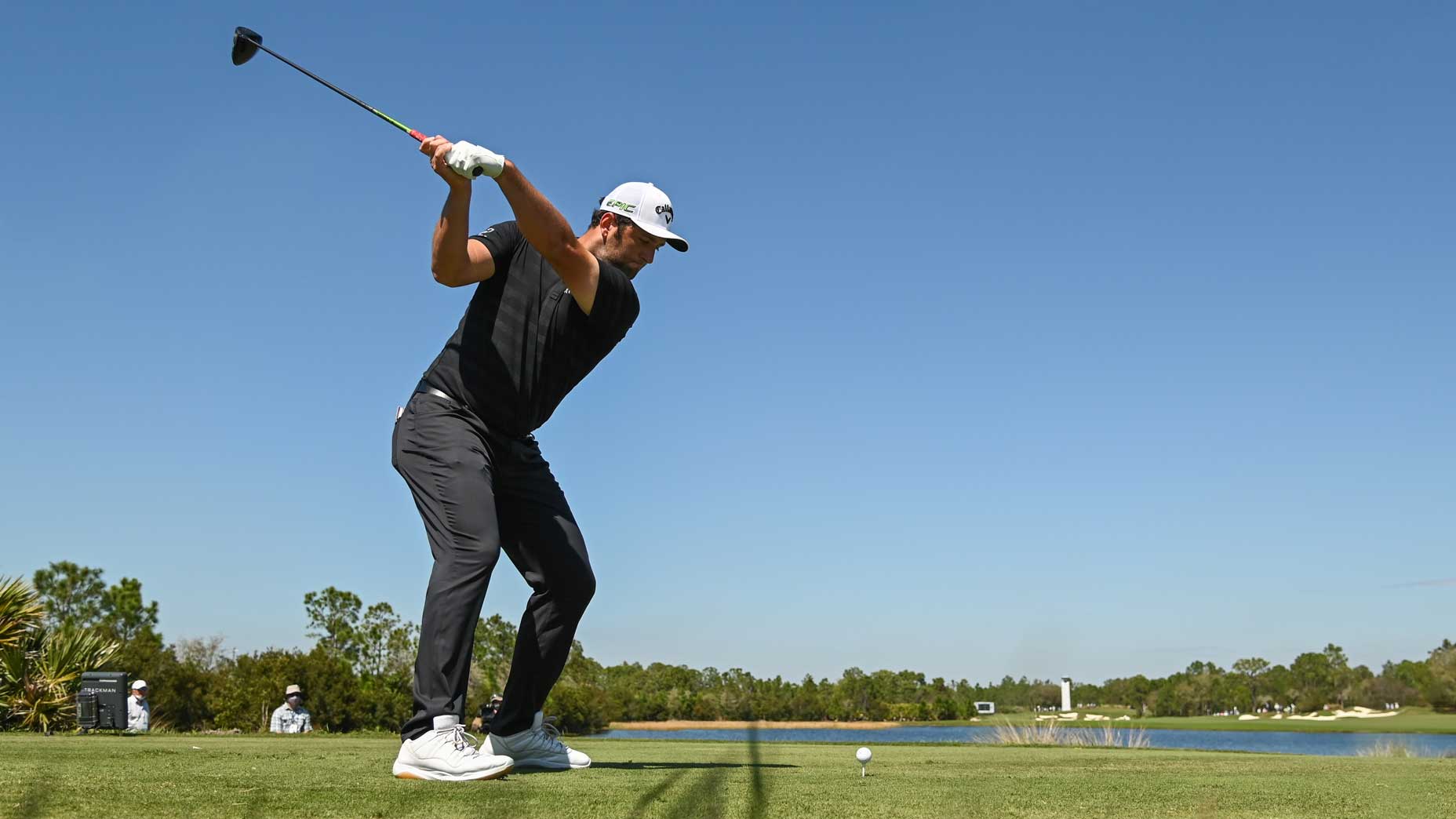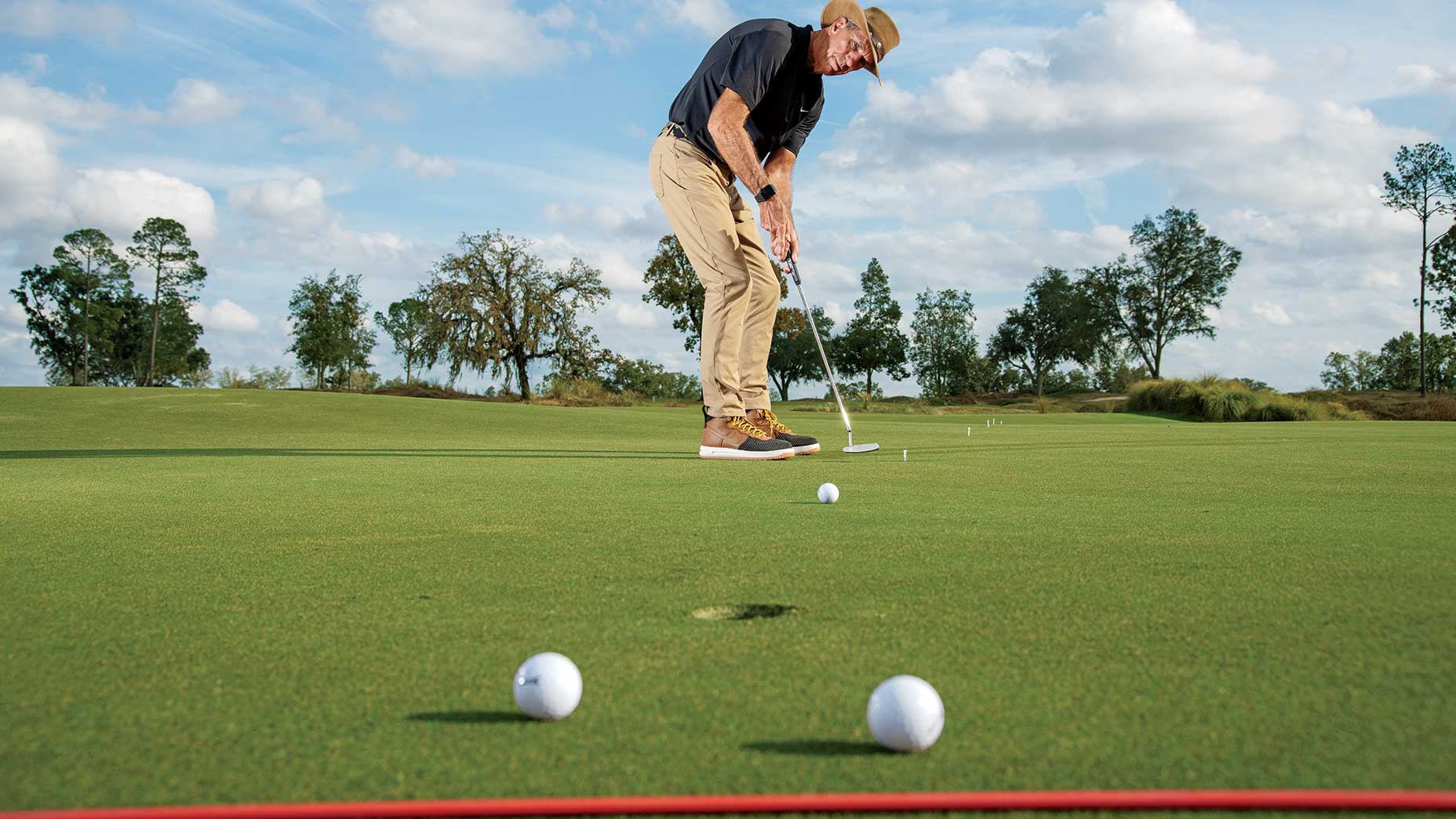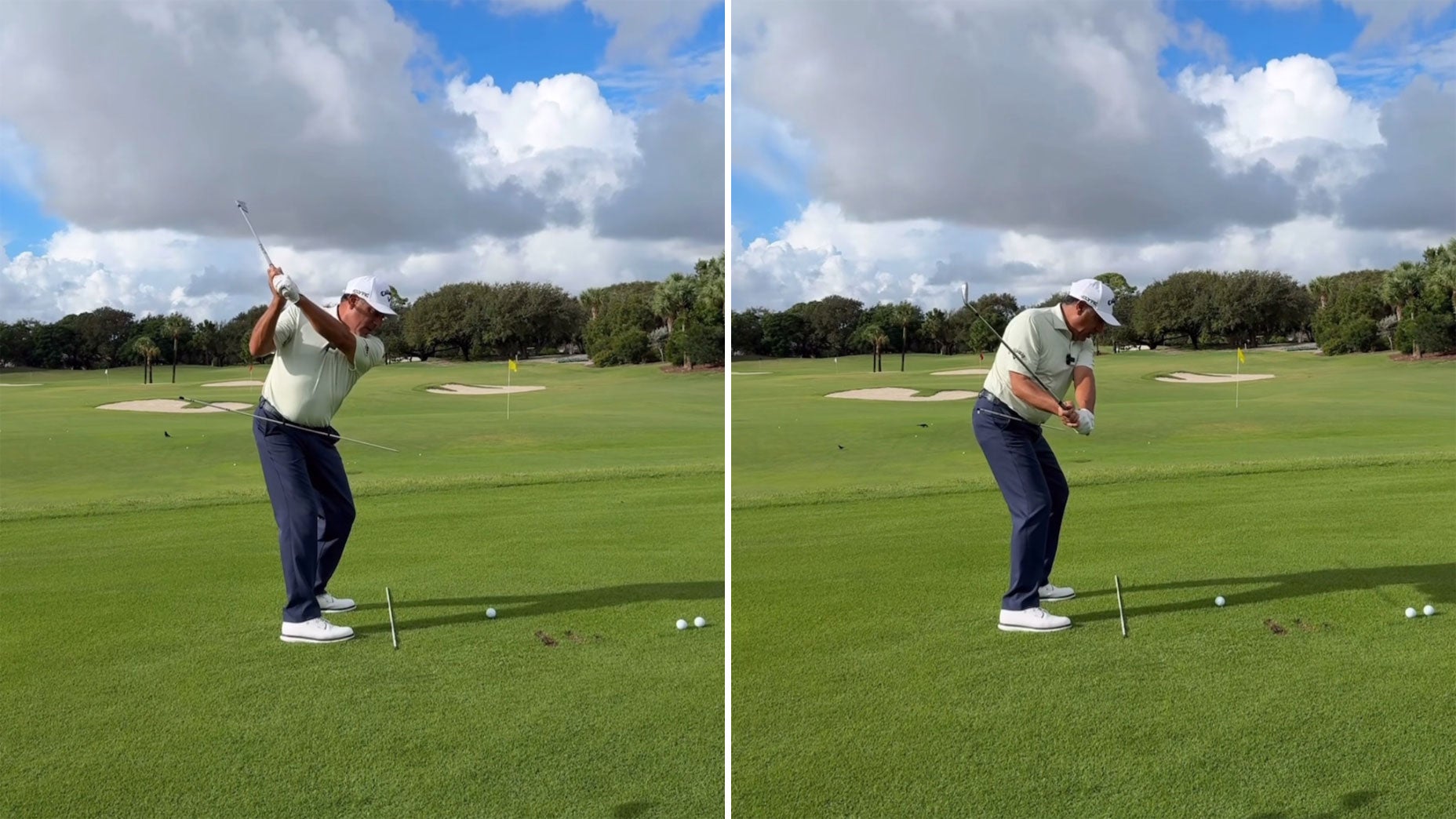Everyone wants to add speed, but few know how to effectively accomplish that goal. Simplicity would suggest that the solution is just swinging faster, but the golf swing is too complex to make it that easy.
Efficiency is the key ingredient in any powerful swing. It’s how some players can look so effortless and still drive the ball 300-plus yards. It’s quite difficult to generate maximum efficiency, though.
In order to maximize that efficiency in your swing, you first must understand the science behind the swing. Specifically, the way in which the golf swing mimics that of a harmonic oscillator.
Avoid this ‘overrated’ swing tip if you want to generate more power, says Top 100 TeacherBy: Zephyr Melton
In scientific terms, a harmonic oscillator is “a system that, when displaced from its equilibrium position experiences a restoring force (F) proportional to the displacement (x). In the golf swing, the clubhead is displaced from its equilibrium position (address) and experiences a restoring force (downswing) proportional to the displacement (backswing).”
So, why is the essential to generating swing speed? Because the displacement must be fast in order for the restoring force to be fast.
“If you over-accelerate in the downswing proportional to your backswing, you’re out of rhythm with the golf club,” says GOLF Top 100 Teacher Jon Tattersall. “We need to get you and the golf club moving as rhythmically as possible to be the most efficient.”
In simple terms, Tattersall is saying that to generate power on the downswing, you must first build up potential energy with a fast backswing.
“I’ve found that the easiest way to increase speed toward the target is to increase speed away from the target,” Tattersall says. “The only option we have is to put more speed into the system away from the target. We can’t go back and then suddenly increase speed going down.”
According to Tattersall, a good rule of thumb is that you must apply twice as much force in the downswing as you did in the backswing. If you can do that, you’ll maximize efficiency in your swing and generate more clubhead speed.











